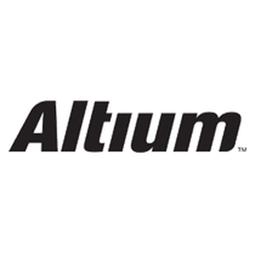Overview
 |
Enhancing Oceanic Research with IoT: A Case Study on Monterey Bay Aquarium Research InstituteAltium |
Functional Applications - Manufacturing Execution Systems (MES) Other - Battery | |
Marine & Shipping Plastics | |
Product Research & Development | |
Additive Manufacturing Time Sensitive Networking | |
Operational Impact
The use of Altium Designer and Altium 365 has revolutionized the way MBARI conducts its research. The software's ability to integrate seamlessly with mechanical CAD tools has made the design process of the LRAUVs more efficient and error-free. The extensive parts library has made finding the necessary parts easier, saving time and effort. The ability to adjust schematics and footprints at different stages in the design process has reduced the potential for errors later on in the manufacturing process. The software's version control feature has simplified the tracking of changes, making the entire design and manufacturing process much faster and easier. Furthermore, the ability to access designs from offshore while out in the ocean has taken remote work to a whole new level. This has enabled MBARI to increase the frequency of their missions, providing essential data for understanding climate change and its effects on our oceans. | |
Quantitative Benefit
Reduced development time for designing autonomous underwater vehicles (AUVs) | |
Ability to work from anywhere in the world, including at sea | |
Ability to adjust schematics and footprints at different stages in the design process, saving time and reducing potential errors | |


